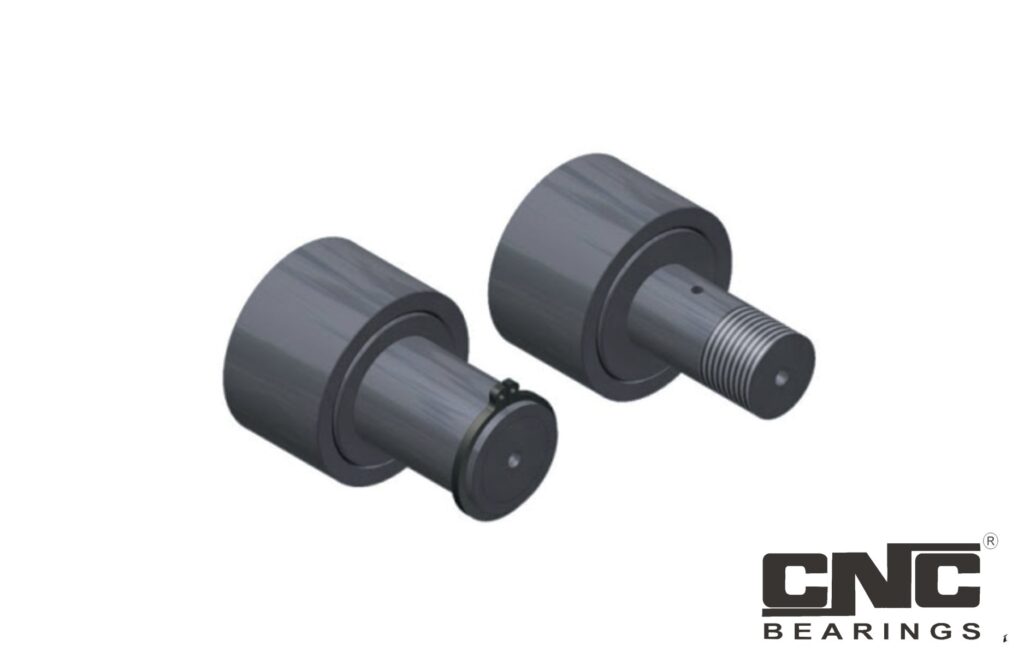Tapered Roller Bearing
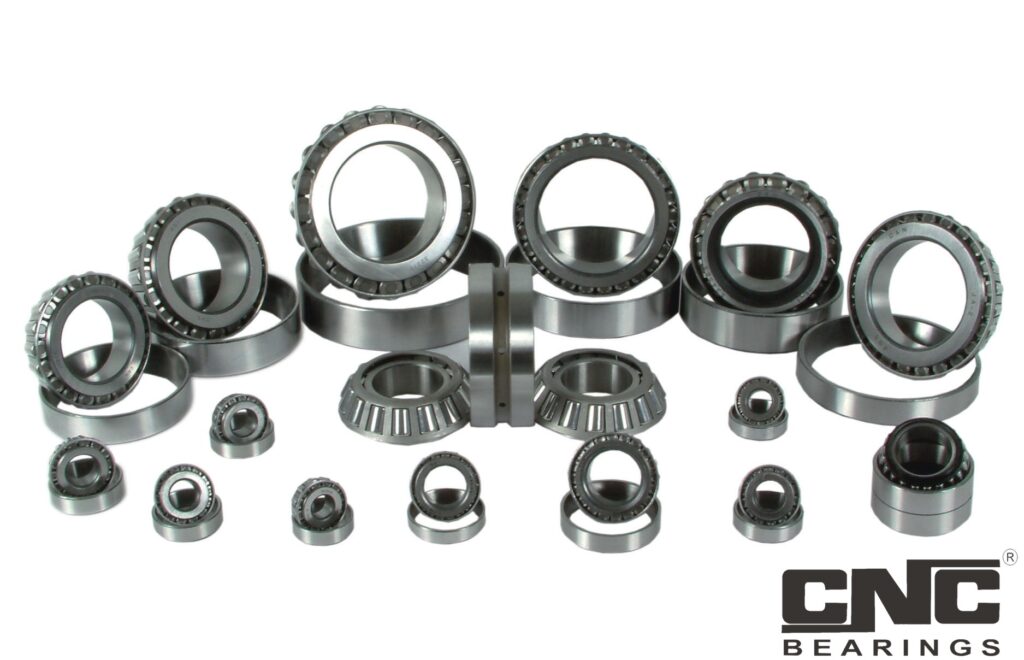
Angular contact tapered roller bearings are produced single row accommodating only axial load in one direction, as well as double row and four-row accommodating axial load in both directions. It is possible to supply single row bearings matched in pairs and completed with intermediate rings to secure the necessary clearance. In the general engineering fields, the most common are single row bearings, double row and four-row bearings are usually used in the heavy machinery. Angular contact tapered roller bearings have a split design, which makes their mounting easier.
Angular contact tapered roller bearings are produced with pressed steel cages. Large-size bearings are equipped with massive cages made of steel or brass and for special application cages made of glass fiber reinforced polyamide can be produced.

Deep Groove Ball Bearing
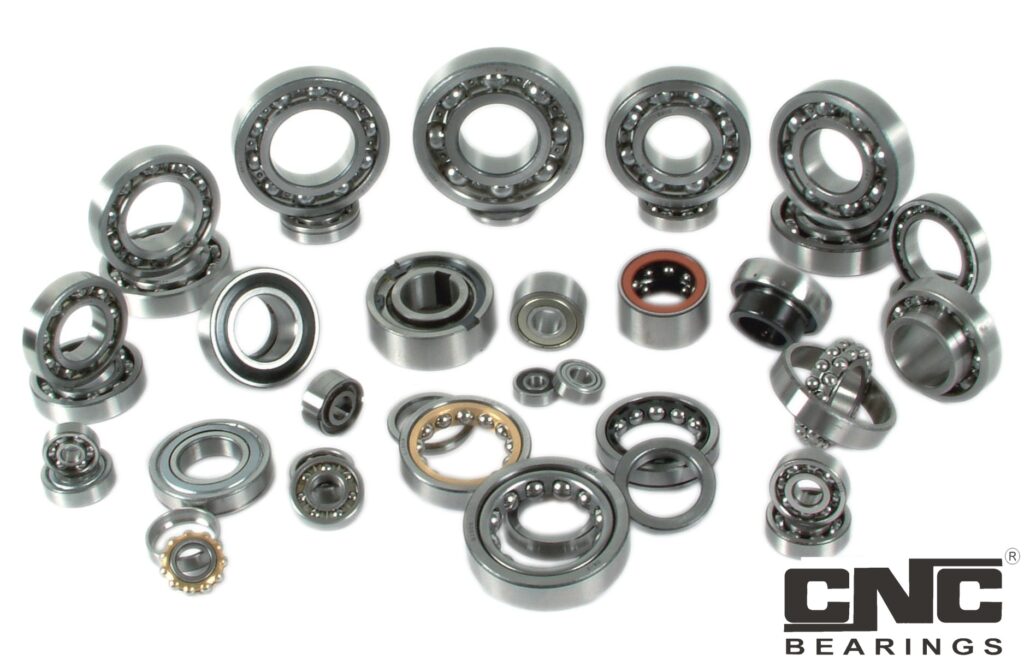
Compared with other types of rolling bearings, deep groove ball bearings operate with minimal friction losses. The alignment of seats for these bearings shall be kept within such limits that the misalignment of the outer rings relative to the inner rings was slight, even with the increased bearing clearance. The bearings shall be mounted on hard double-seat shafts which deflection under the influence of the external forces does not cause excessive misalignment of the shaft axis relative to the mounting bore axis.
Deep groove ball bearings with protective metal shields or contact and contactless seals are widely distributed. They are used in the cases when due to the limited size or maintenance inconveniences, mounting of special sealing devices to protect the bearing from dirt or to keep the lubrication in is undesirable.
Deep groove ball bearings are usually fitted with the pressed steel cages. The bearings with more durable and strong cages made of glass fiber reinforced polyamide, which provide higher speed, low noise, less weight are produced recently. Bearings with the particular requirements, operating in special conditions, as well as large-size bearings, are produced with brass, aluminum alloys, and other materials cages.

Cylindrical Roller Bearing
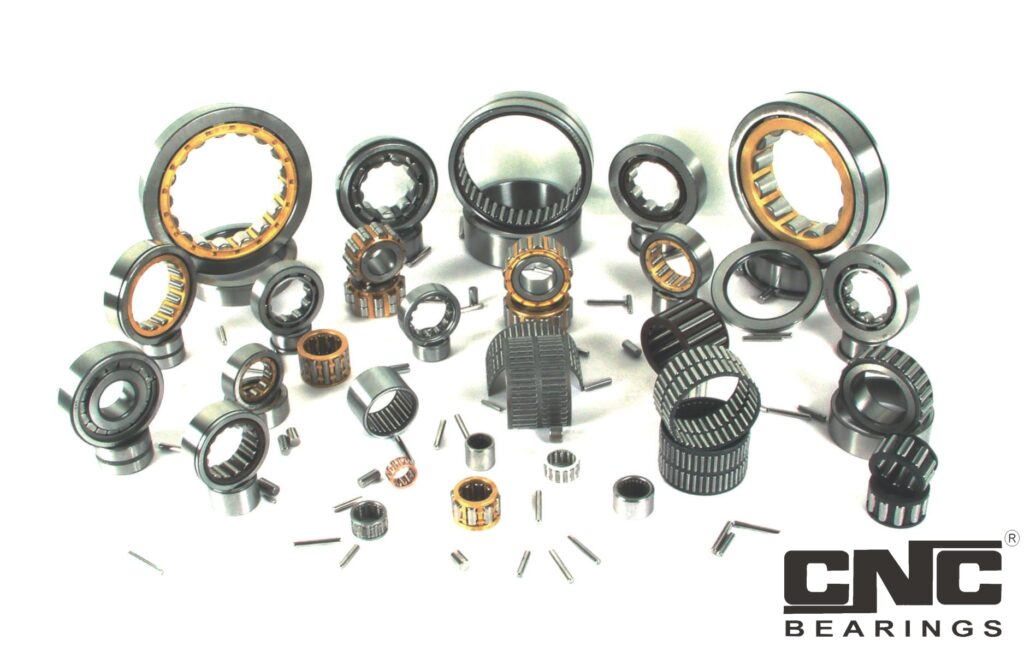
Single row radial cylindrical roller bearings are produced in many structural modifications, the most common of which are: without flanges and with one flange on the inner ring, with one flange on the inner ring and flat thrust ring, without flanges and with one flange on the outer ring. If it is necessary to reduce the unit radial dimensions, single row roller bearings can be supplied without inner or outer rings, in this case, the second raceway is formed directly on the shaft or in the housing of the unit. Double row and multi-row radial cylindrical roller bearings are produced for various special applications.
Radial cylindrical roller flanges ring. If it is necessary to provide extremely high radial load capacity, these bearings can be bearings are manufactured with cages made of glass fibre reinforced polyamide, pressed steel cages or machined cages of brass, bronze and aluminium alloys. Machined cages are usually centred on double produced without cages with the maximum number of rollers.

Double Row Angular Contact Ball Bearing
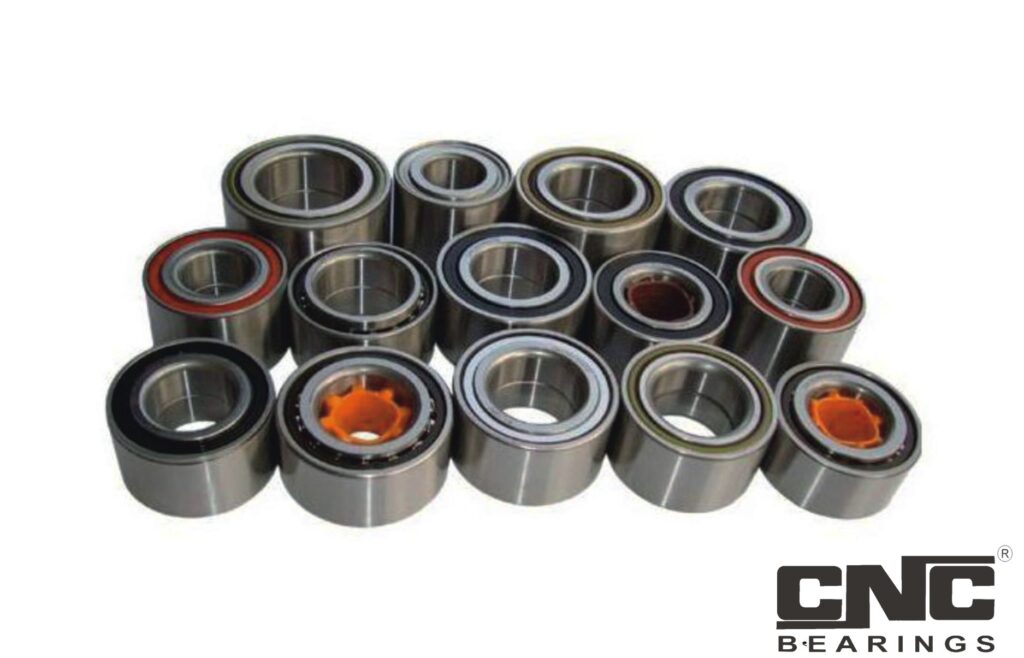
These bearings require a good coaxiality between the shaft and the housing.
b) Aptitudes:
This type of bearing allows strong radial and axial loads in the two directions.
A preferential way is sometimes noticed, in case of filling notches. This bearing can be installed alone or together with another bearing (where alignment is necessary).
c) Uses
This type of bearing is used in pumps, reducers (wheel and screw), equipment…

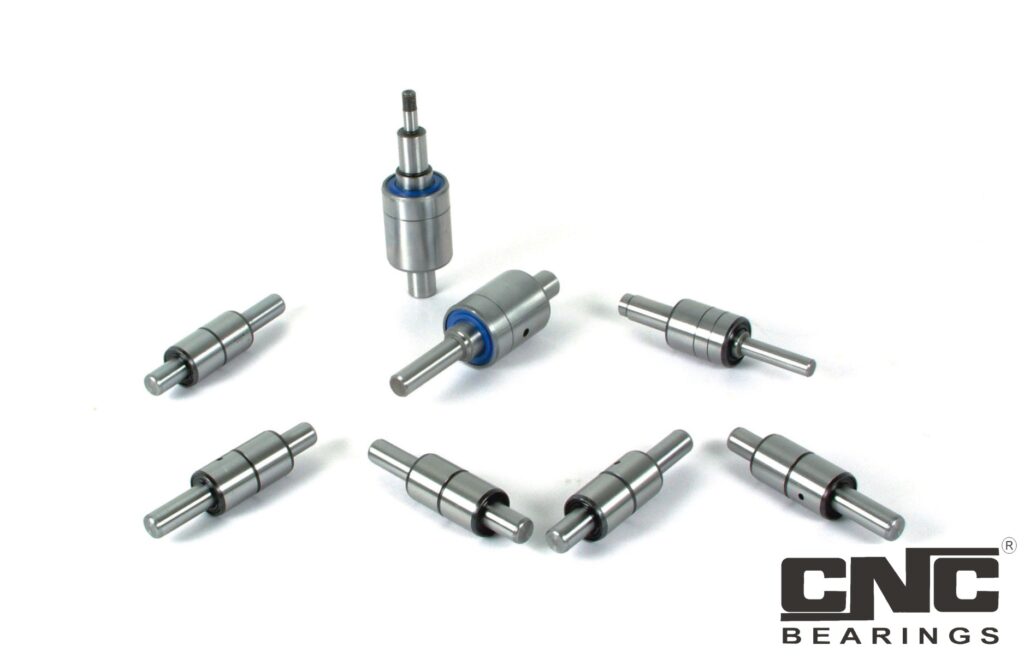
If you need some more flexibility when it comes to integral shaft bearings, outer race and shaft diameter variations are available, as are shaft extension modifications. It’s this flexibility that allows integral shaft bearings to be used in a number of applications, including those in the automotive, agricultural, and landscaping industries.

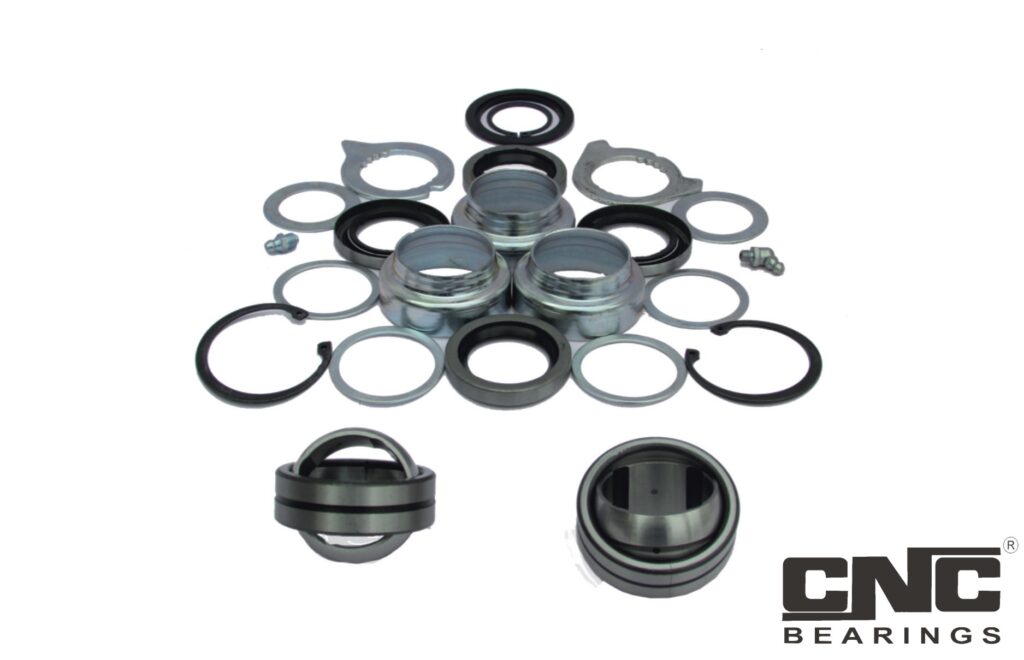

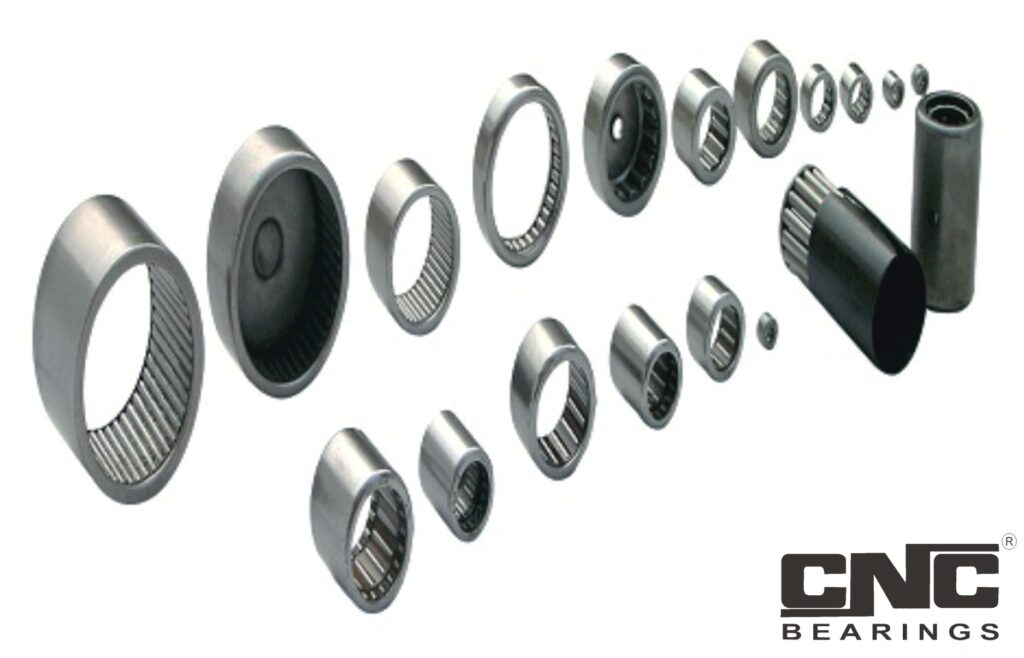
Radial needle roller bearings are designed to accommodate only radial loads. With the equal load capacity, they have much smaller radial dimensions compared to the dimensions of other types of bearings having with them the identical hole diameters. This property makes them very popular to use in the machines with limited radial space. A negative characteristic of the bearings is their extremely small capacity to accommodate the angular shaft misalignments relative to the housing.
The radial needle roller bearings have enormous kinds of designs. The most common are bearings with the pressed outer rings, with the rings made of bearing steel, as well as the cages with the rollers without rings. Usually, the bearings have one or two rows of rolling elements. The bearings can be open or have protective contact seals.
Radial needle roller bearings are produced with pressed steel or glass fiber reinforced polyamide cages. To provide a very high radial load capacity the bearings can be manufactured without the cage with the maximum number of rollers.

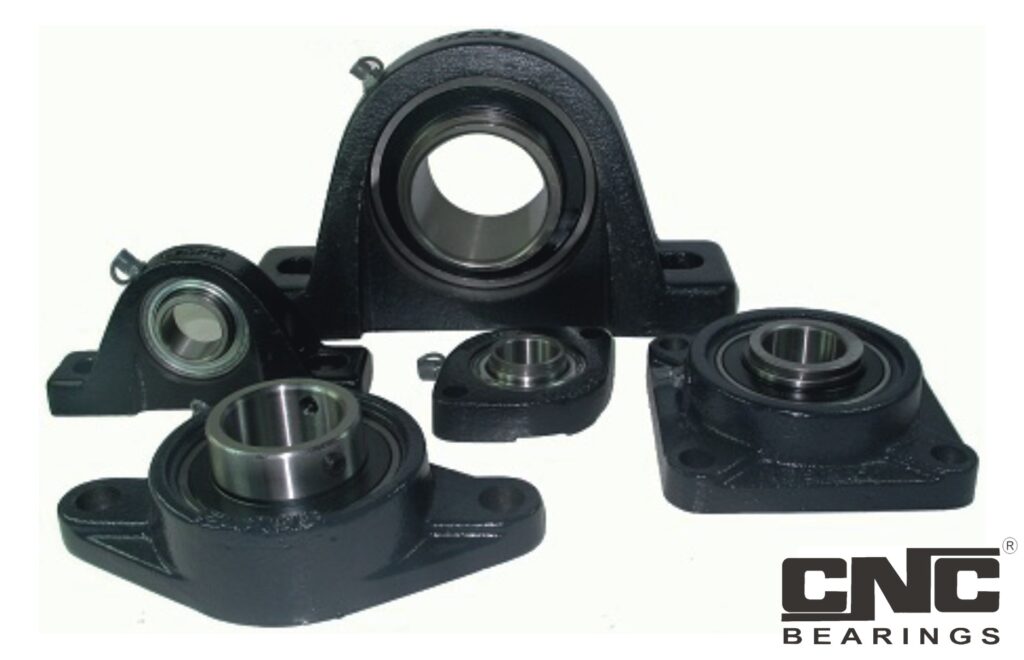

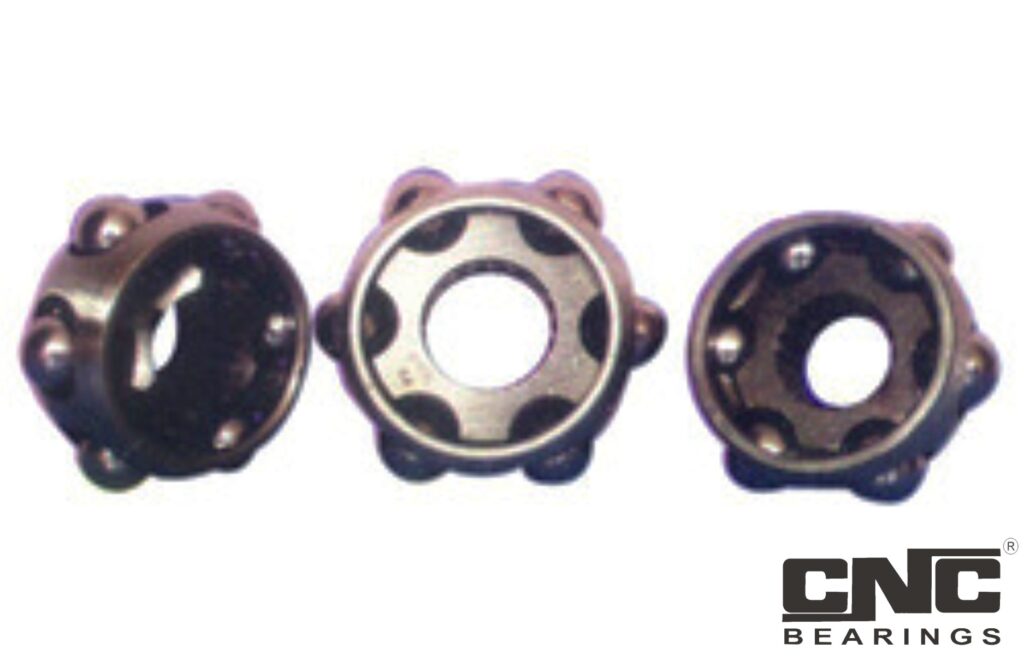

RING
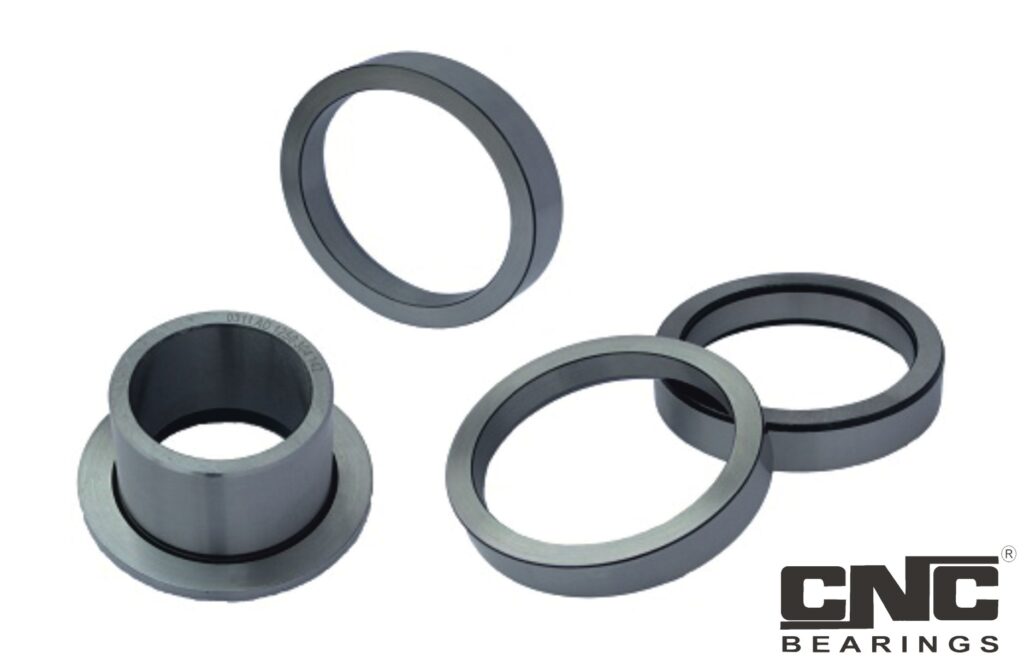

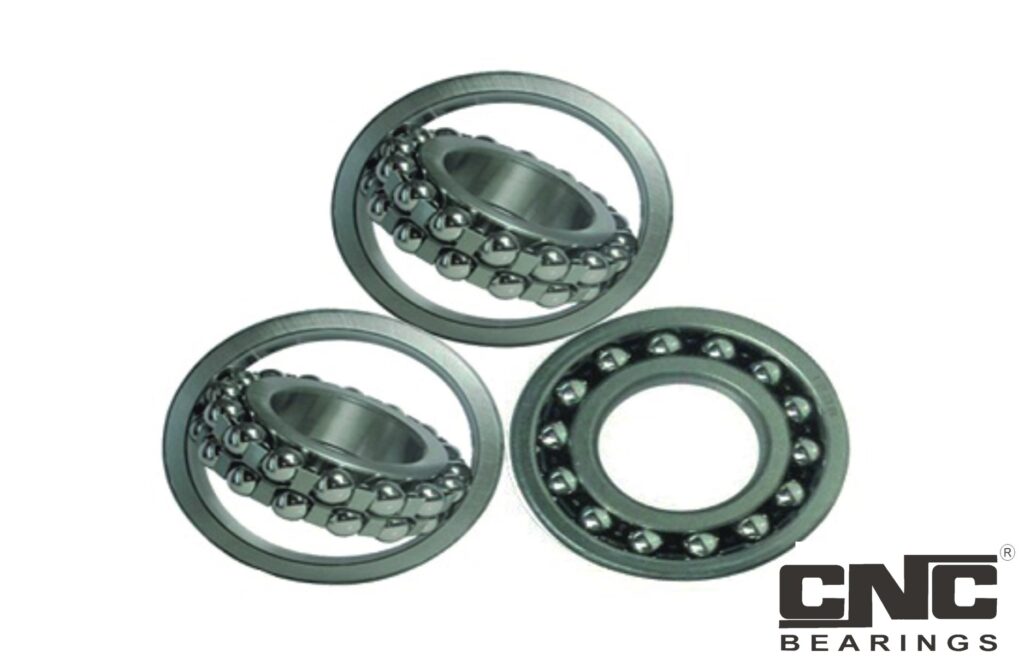
The bearings are usually installed in the following constructions: multi-supporting shafts of transmission type; double-supporting shafts subjected to large deflections; units with technologically unprovided strict coaxiality of seats (while boring holes in the housings with more than one pass, when installing bearings in separate housings, etc.).
Self-aligning ball bearings are produced with the cylindrical and tapered bore as well as with extended inner rings. The design with built-in contact seals is also possible.
In the majority of self-aligning ball bearings, the cages are pressed steel or cast glass fiber reinforced polyamide. Large size bearings can be manufactured with machined brass cages.

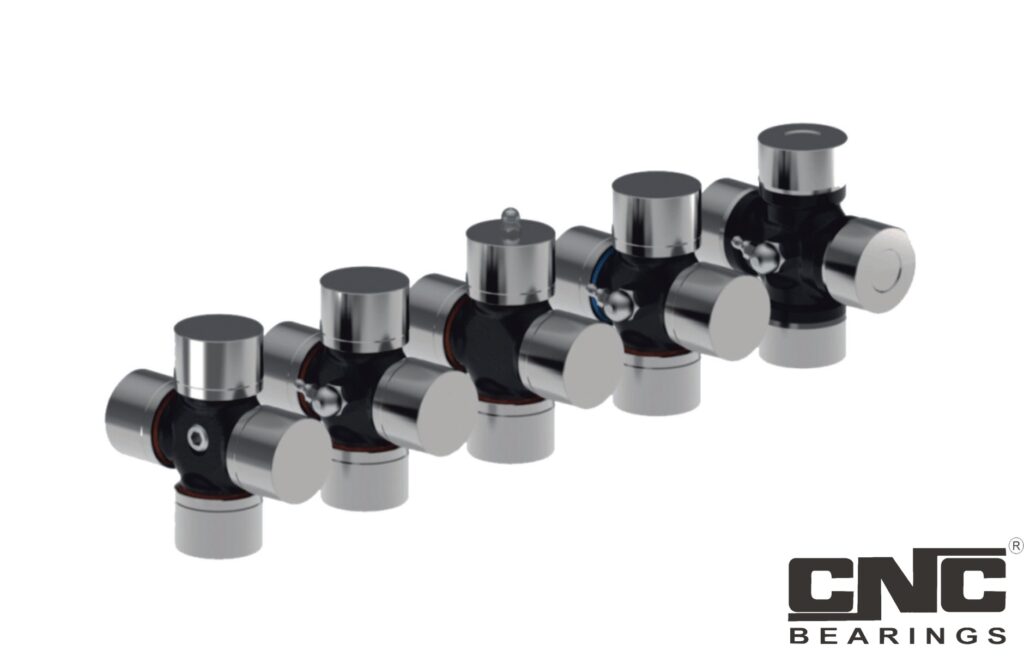

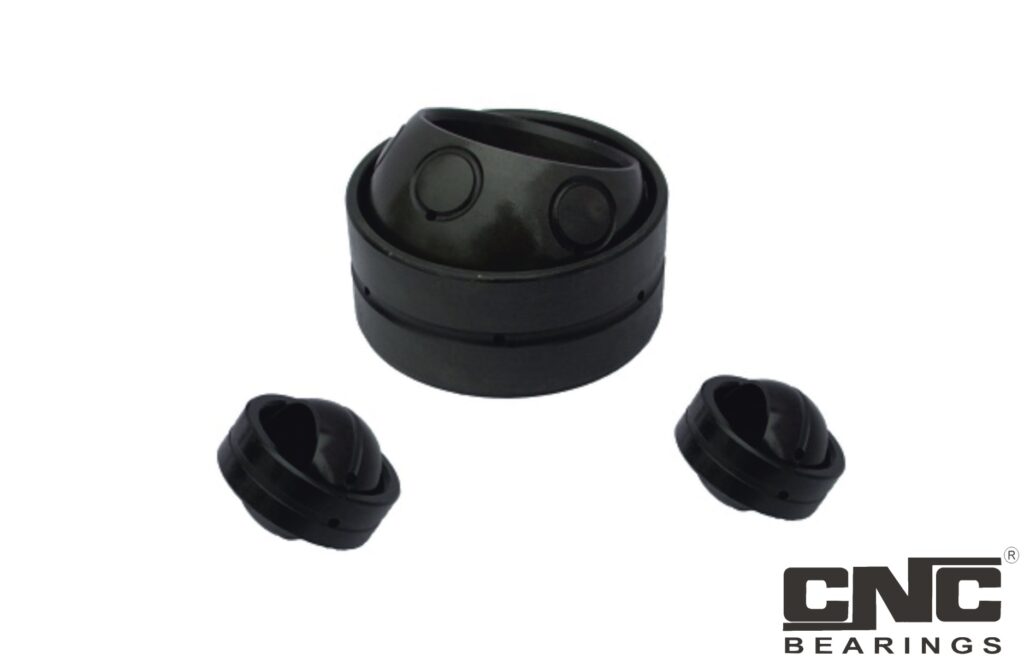
All spherical plain bearings can be divided into two groups according to the method of the working surface lubrication. There are bearings requiring the lubrication and self-lubricating bearings the sliding surfaces of which are made of special materials. The latter are used in the units with higher durability requirements, or when there are difficulties in supports maintenance when it is unreasonable to use lubrication requiring bearings.
The bearings with protective contact seals are manufactured to protect sliding surfaces from the environmental effects and to keep the lubricant in.
When choosing a type of spherical plain bearing, it is necessary to take into account many factors comprising a number of contradictions to be resolved or optimally balanced.

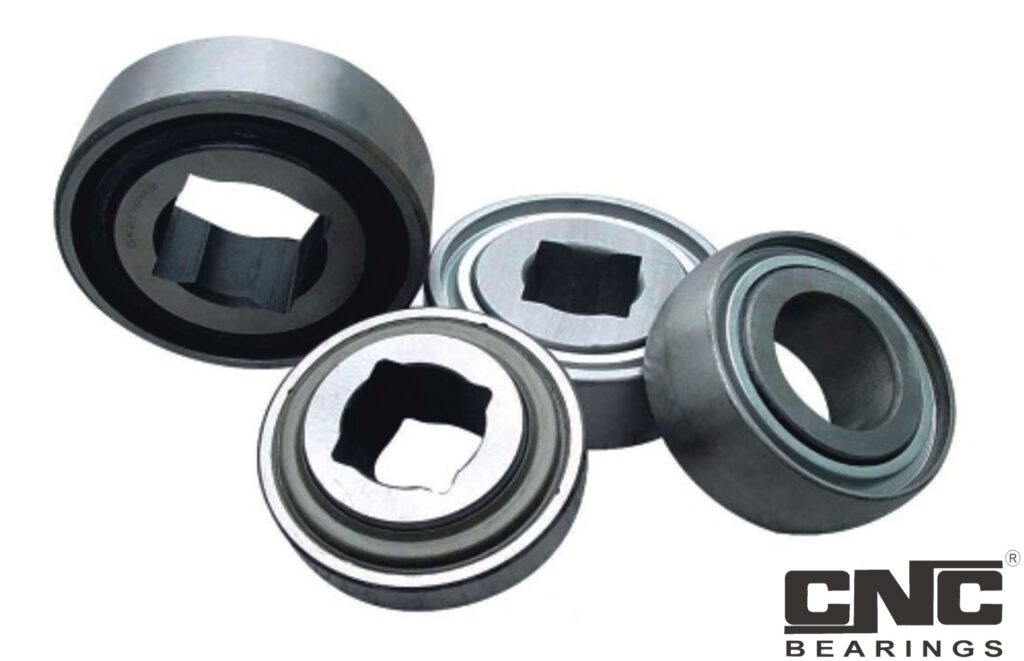

Steering Bearing
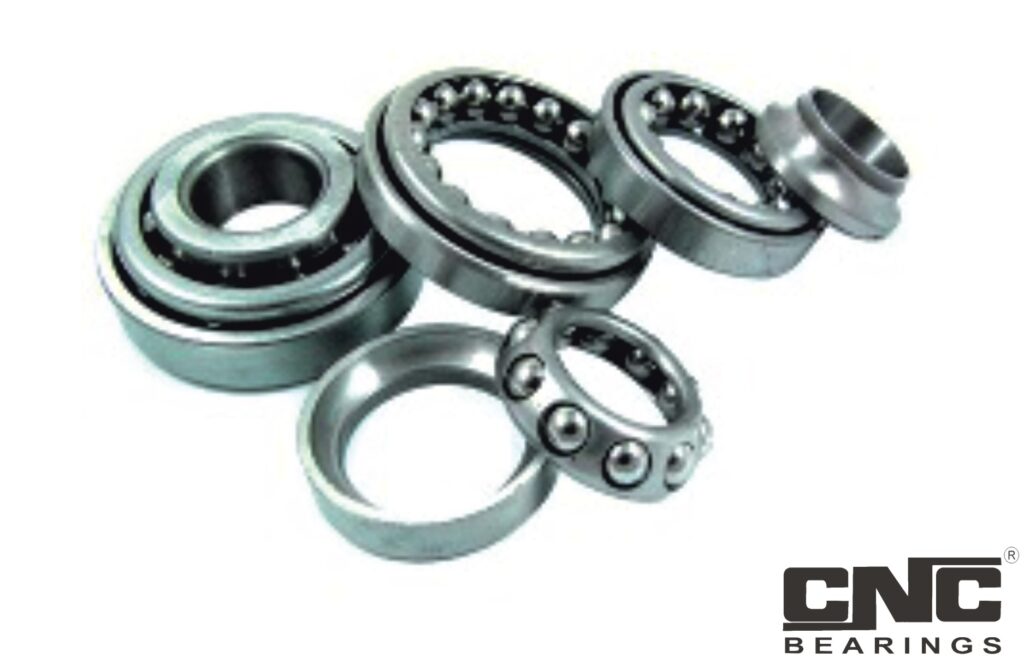

Thrust Bearing
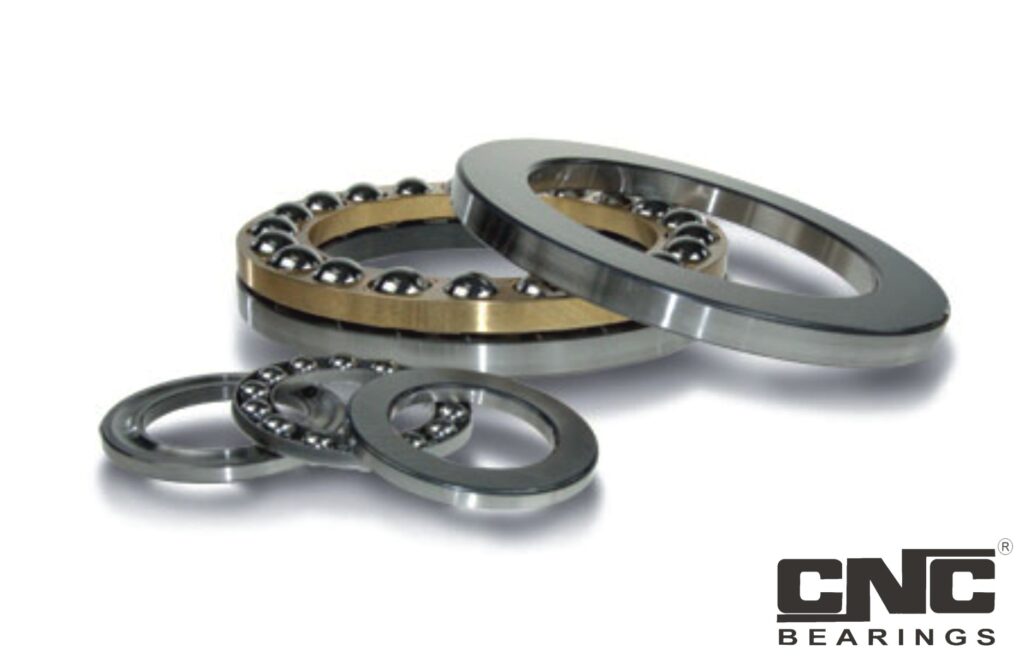
Thrust Ball Bearing
The Thrust Ball bearings are used for high axial loads at low speeds. These cannot operate at high speed when centrifugal or radial force cannot be handled by the bearings. They can be located endwise in one direction only.

Spherical Roller Bearing
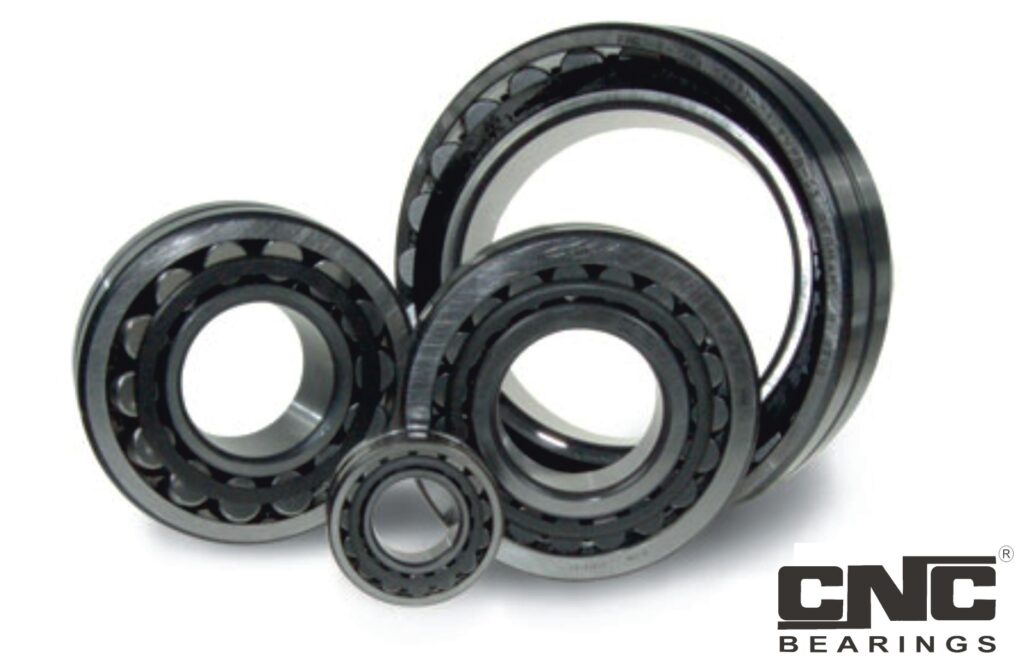
Bearings can be produced with both cylindrical and tapered bores in the inner rings. The latter is mounted on the tapered shaft neck or on an adapter or withdrawal sleeve. Radial spherical roller bearings are usually mounted on the long shafts subjected to significant deflection, or in the supports of detached housings. The bearings with adapter sleeves are mounted on smooth multi-supporting shafts. As a rule, bearing with the tapered bore as well as bearings with withdrawal sleeves are mounted on the terminal supports of shaft or axis. The presence of tapered bore in the bearings considerably facilitates their mounting and dismounting.
Lately radial spherical roller bearings in a sealed version with contact seals on both sides are more often used for heavy-duty operation; and usually seals come out slightly the dimensions of the bearing side surface, which requires some extra space in the bearing unit.
Radial spherical roller bearings have pressed steel, glass fiber reinforced polyamide or machined brass cages.

Wheel Hubs
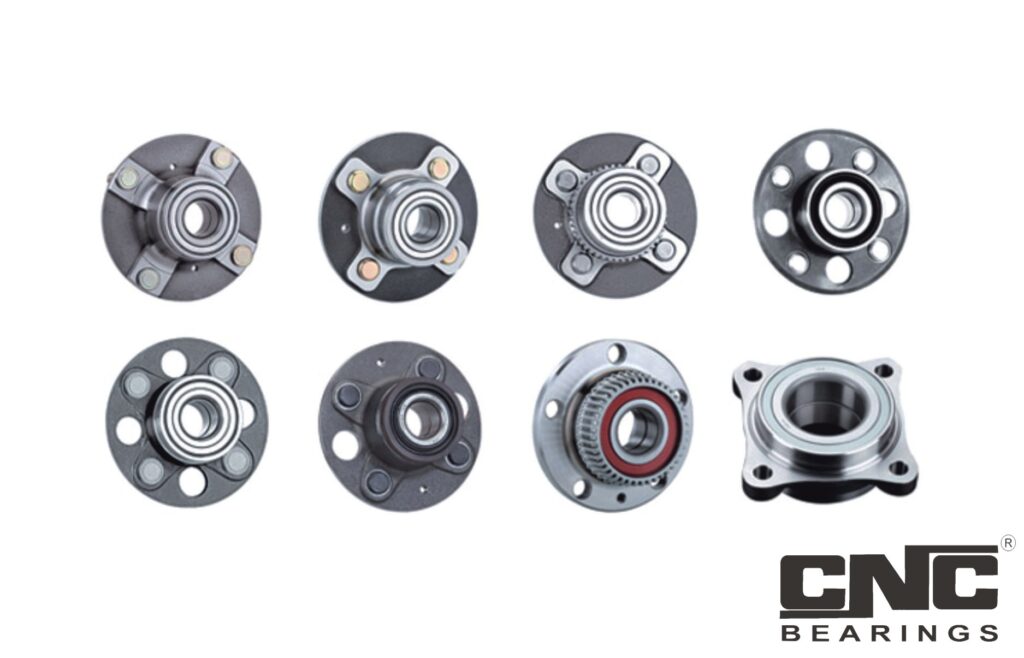

Tensioner Bearing
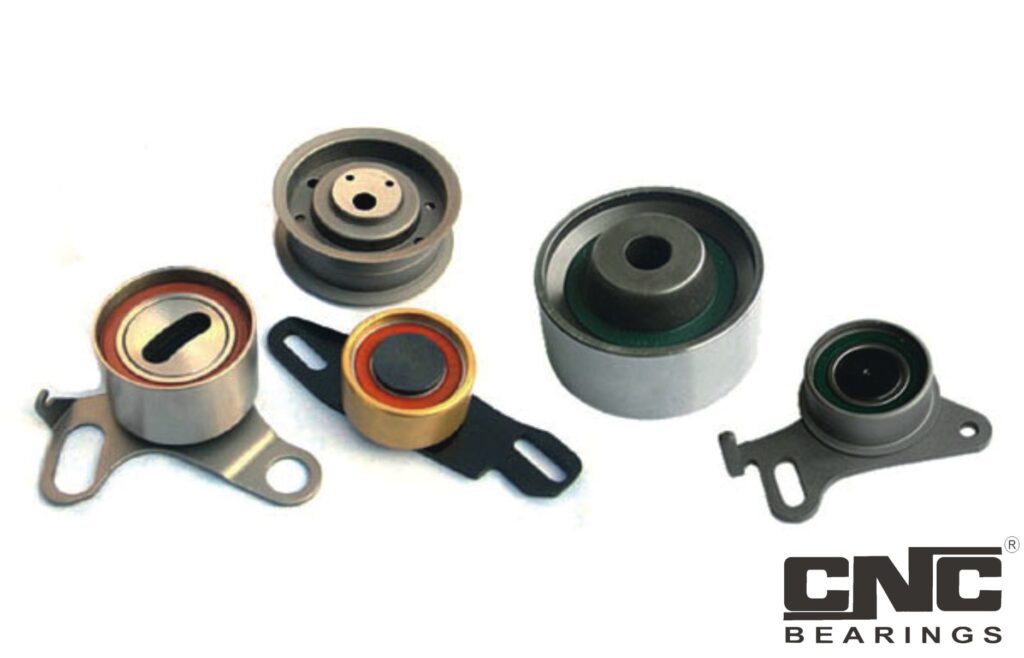
On most cars, a tensioner adjusts the belt. This is a pulley, rotating on a bearing and mounted on a slider, so it can be pushed towards the belt to increase the tension.
Belt tensioners are wearing parts. The surface of the pulley will wear down and get rough, the bearing inside the pulley may run dry or develop an excessive play, resulting in noisy operation, vibration and eventually seizing. That will cause the belt to snap, resulting in severe engine damage.
The tensioner pulley should be replaced when replacing the timing belt. Most people prefer to buy a kit, containing the belt, the tensioner, and other pulleys. Some people prefer to buy the parts separately.

Steel Balls
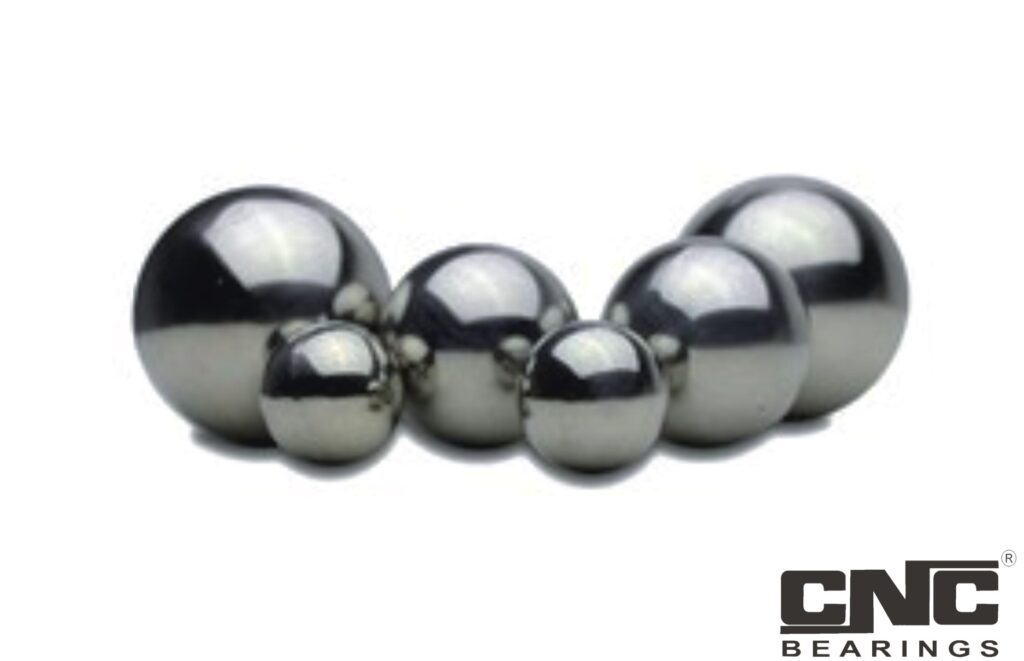
On most cars, a tensioner adjusts the belt. This is a pulley, rotating on a bearing and mounted on a slider, so it can be pushed towards the belt to increase the tension.
Belt tensioners are wearing parts. The surface of the pulley will wear down and get rough, the bearing inside the pulley may run dry or develop an excessive play, resulting in noisy operation, vibration and eventually seizing. That will cause the belt to snap, resulting in severe engine damage.
The tensioner pulley should be replaced when replacing the timing belt. Most people prefer to buy a kit, containing the belt, the tensioner, and other pulleys. Some people prefer to buy the parts separately.

Roller
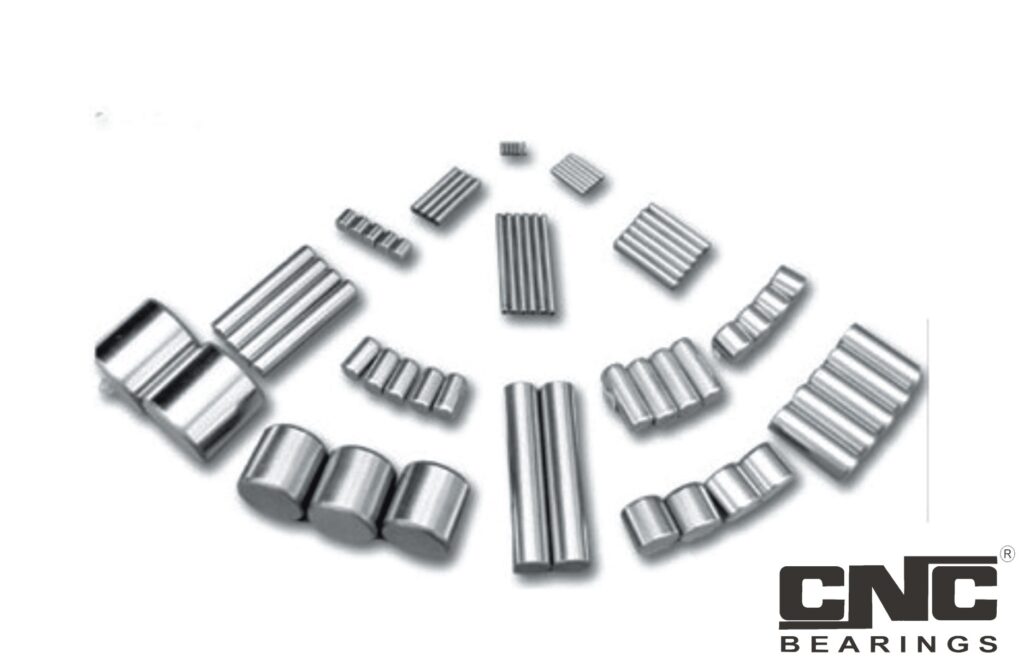

Rail Bearing
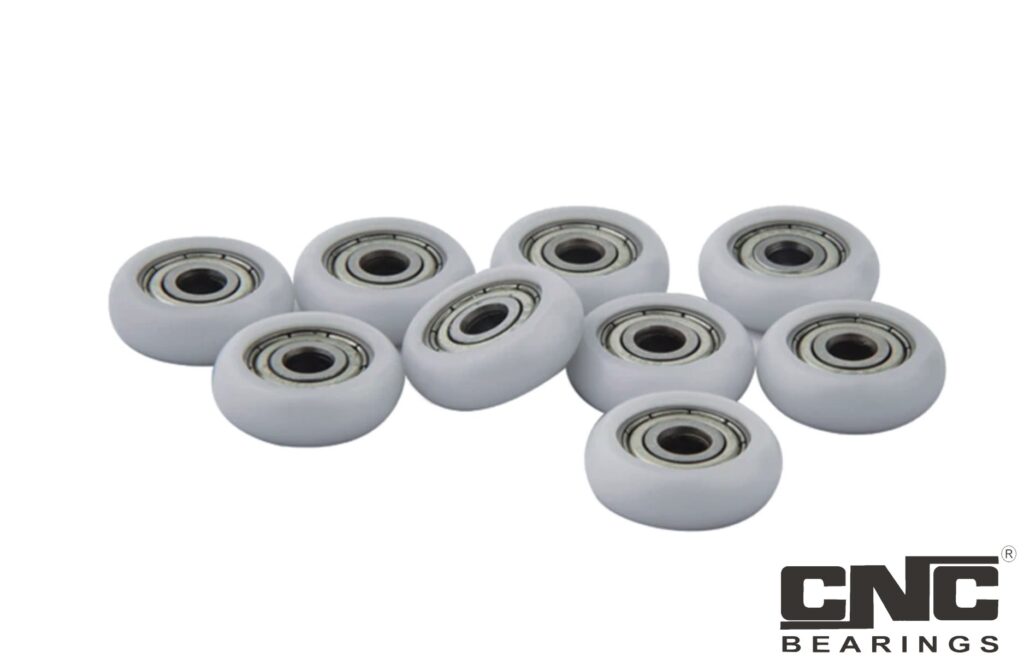

Oil Seal
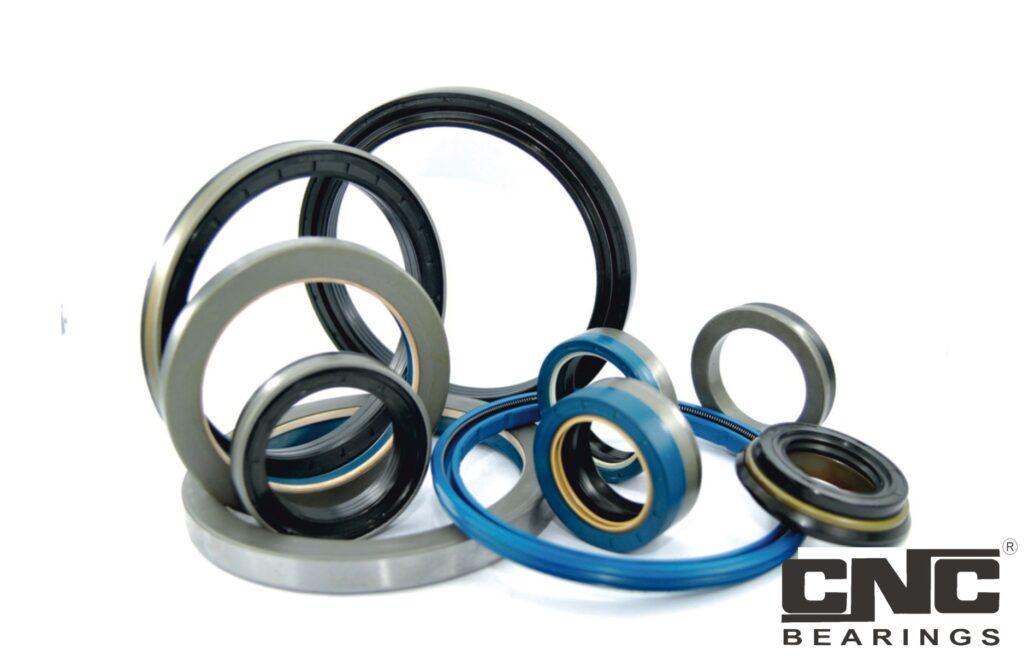

Gasket
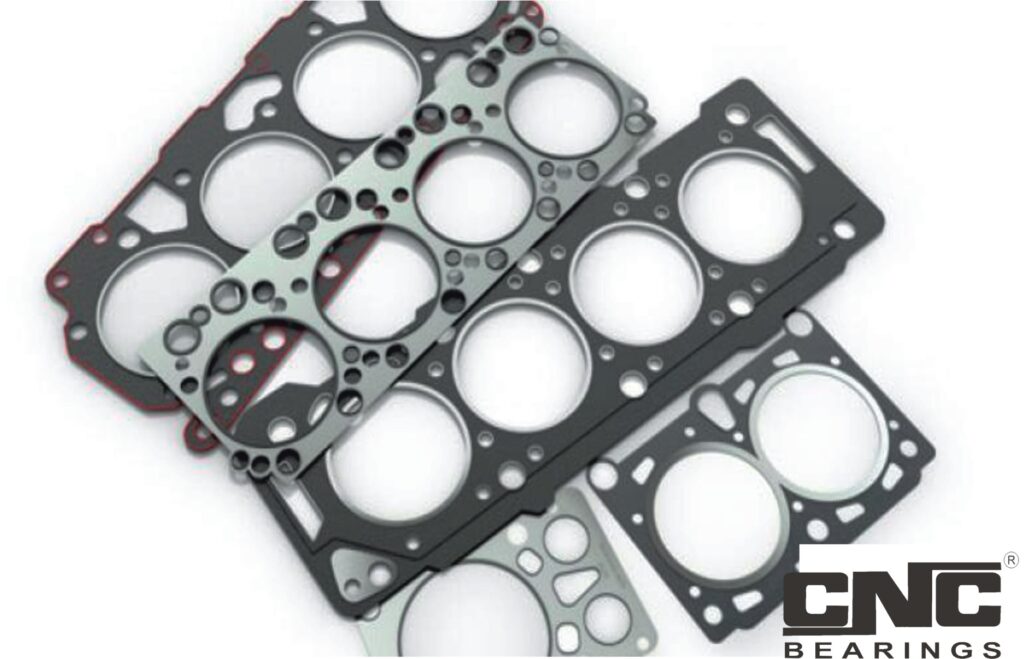

Filtration
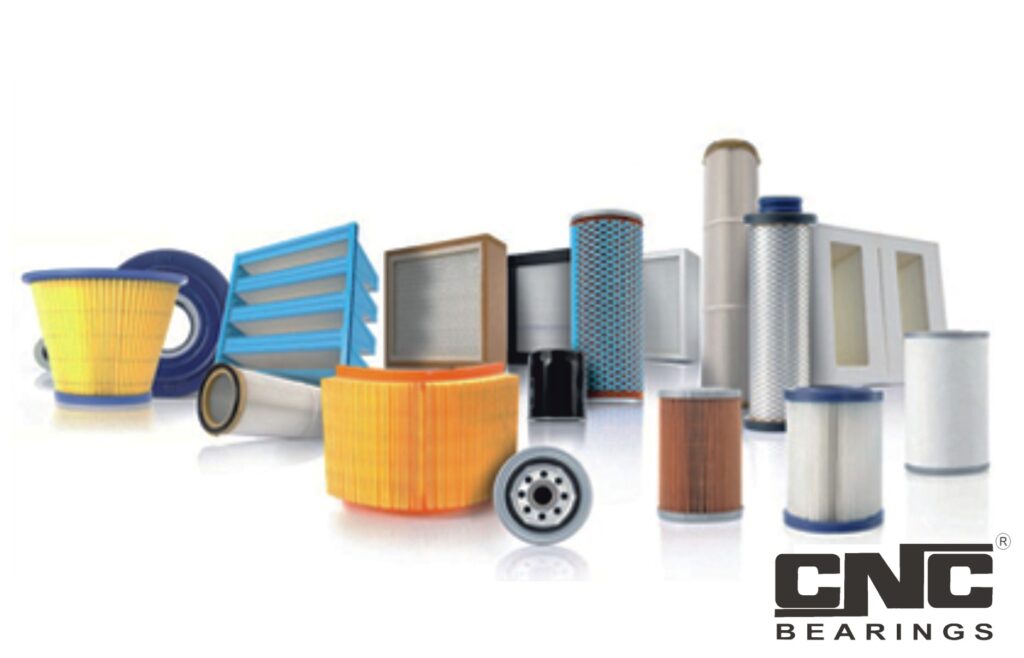

Clutch Release Bearing
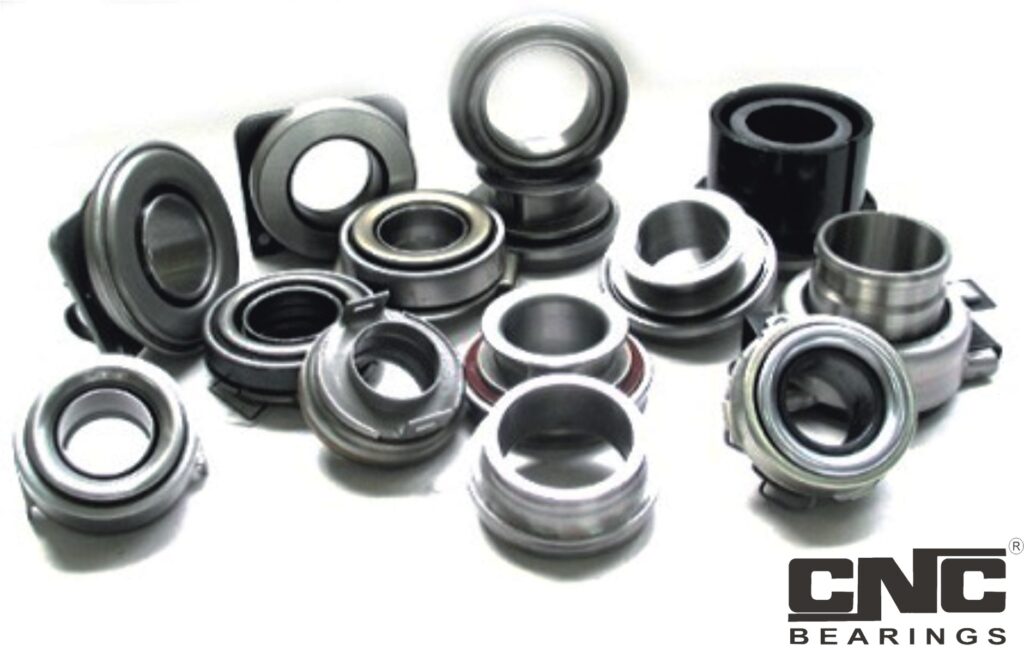

Cam Followers
